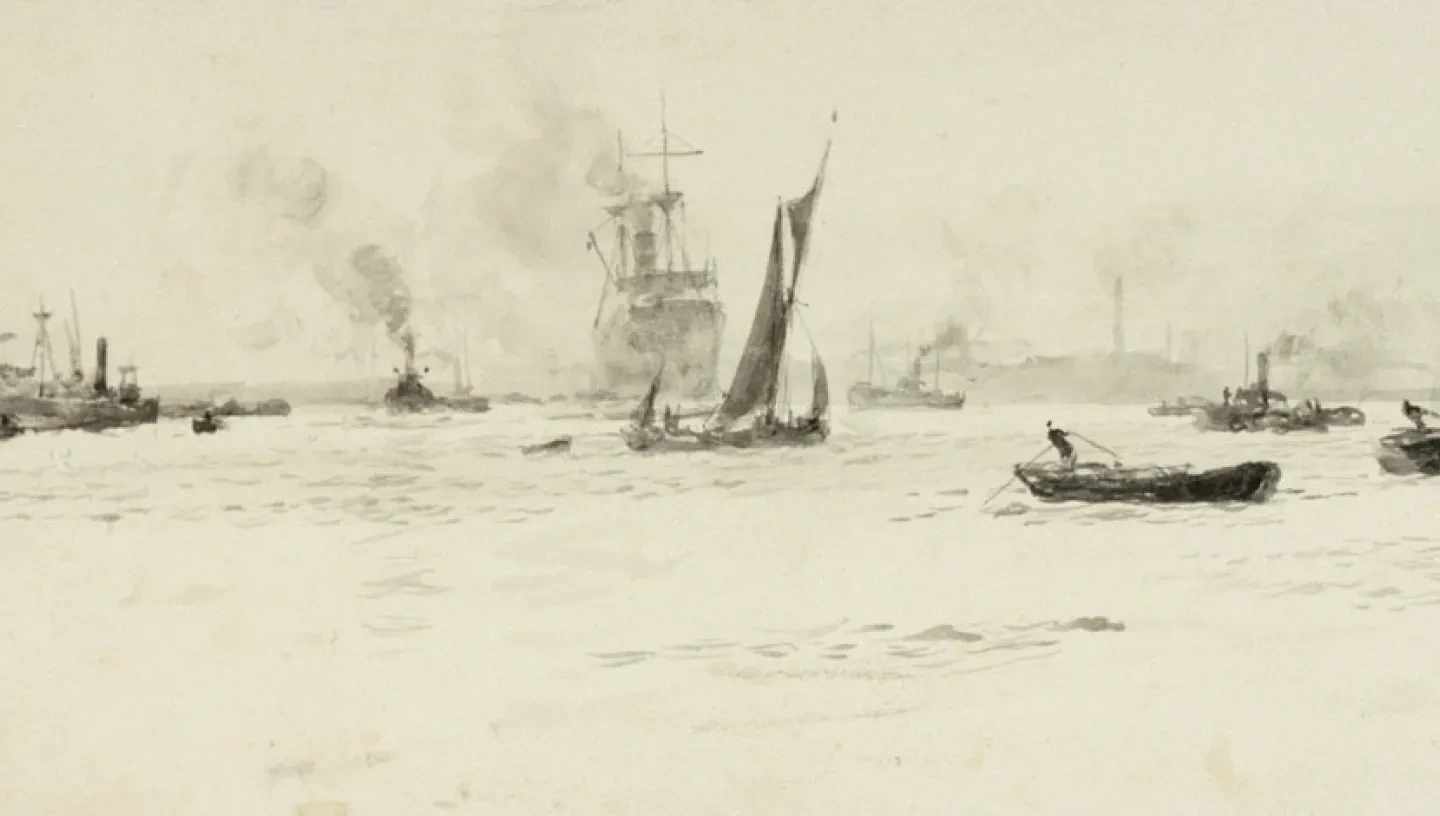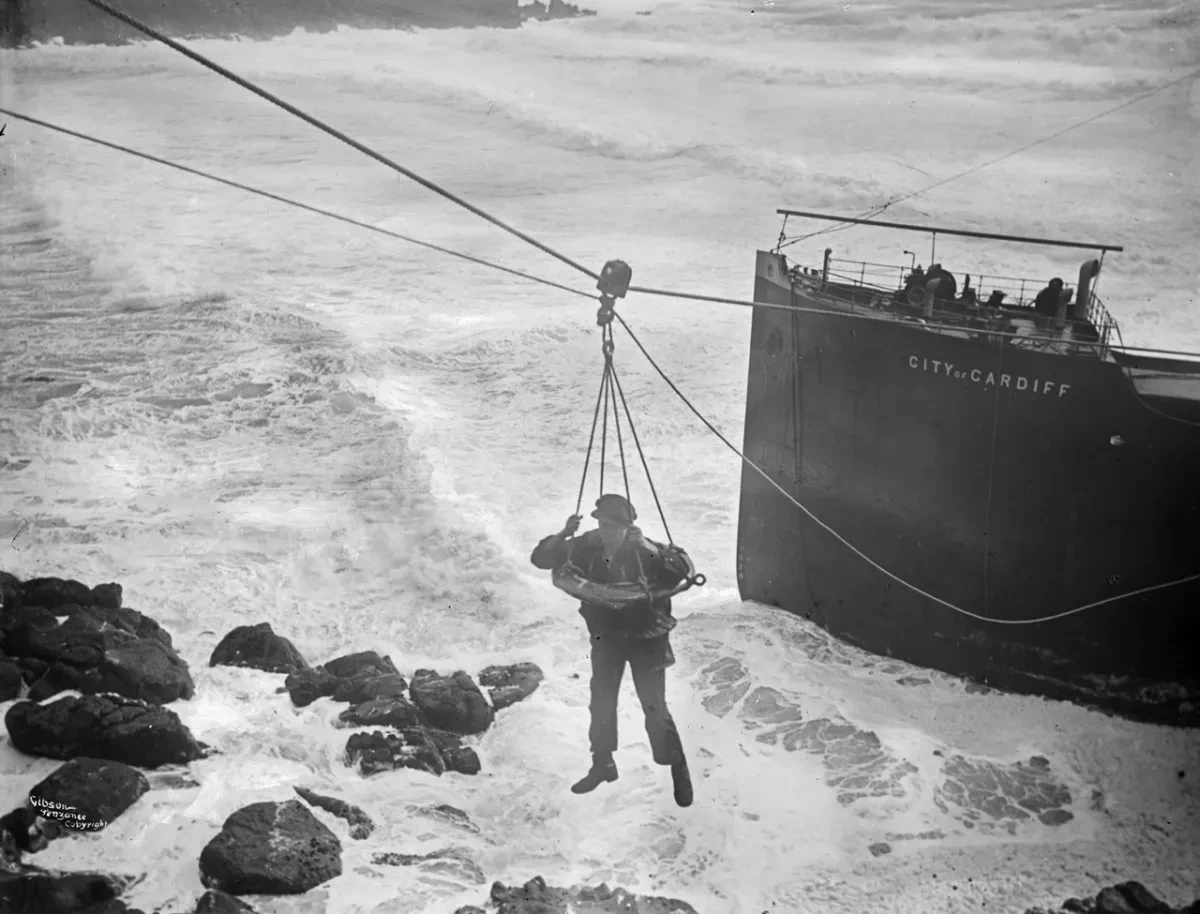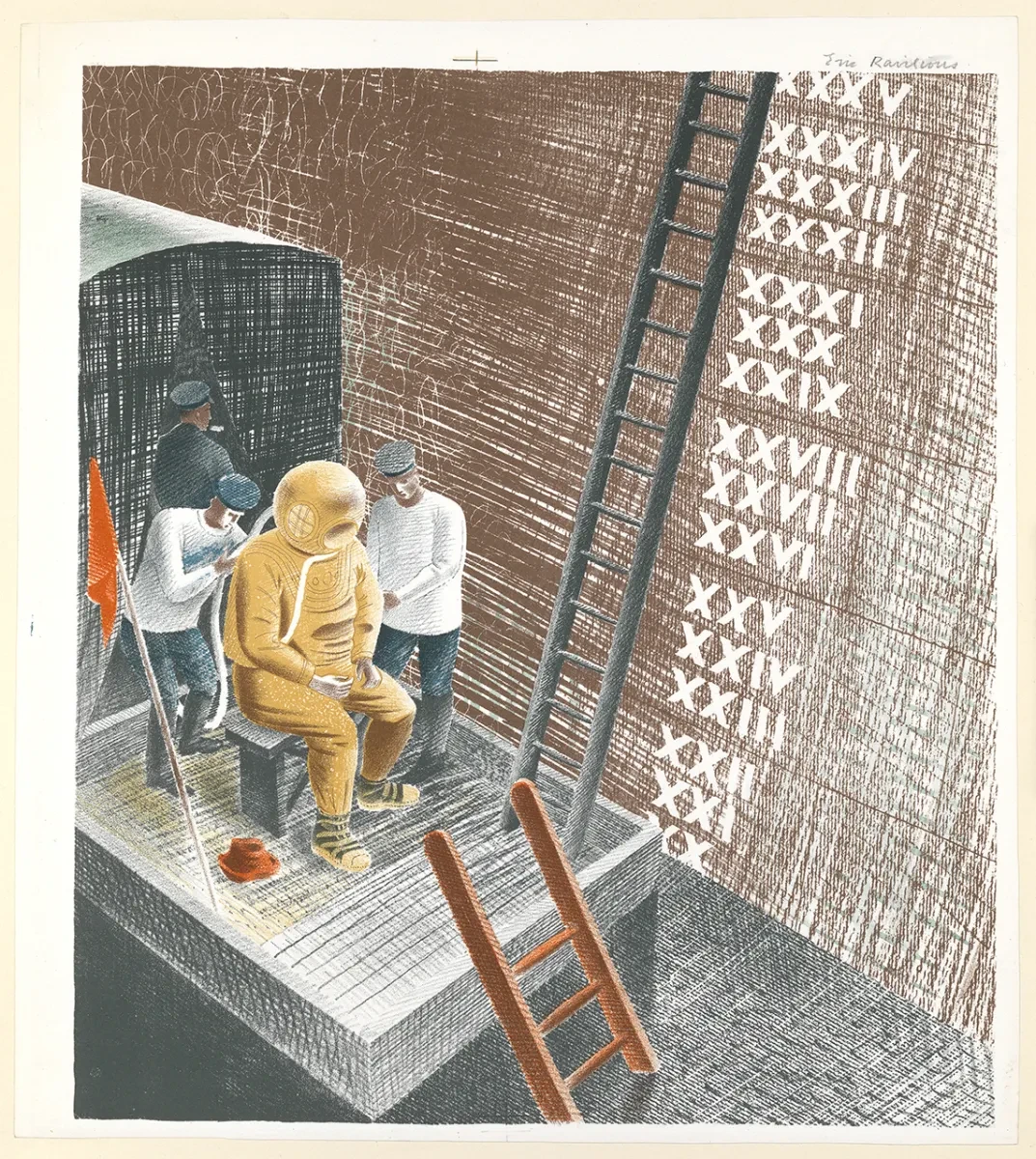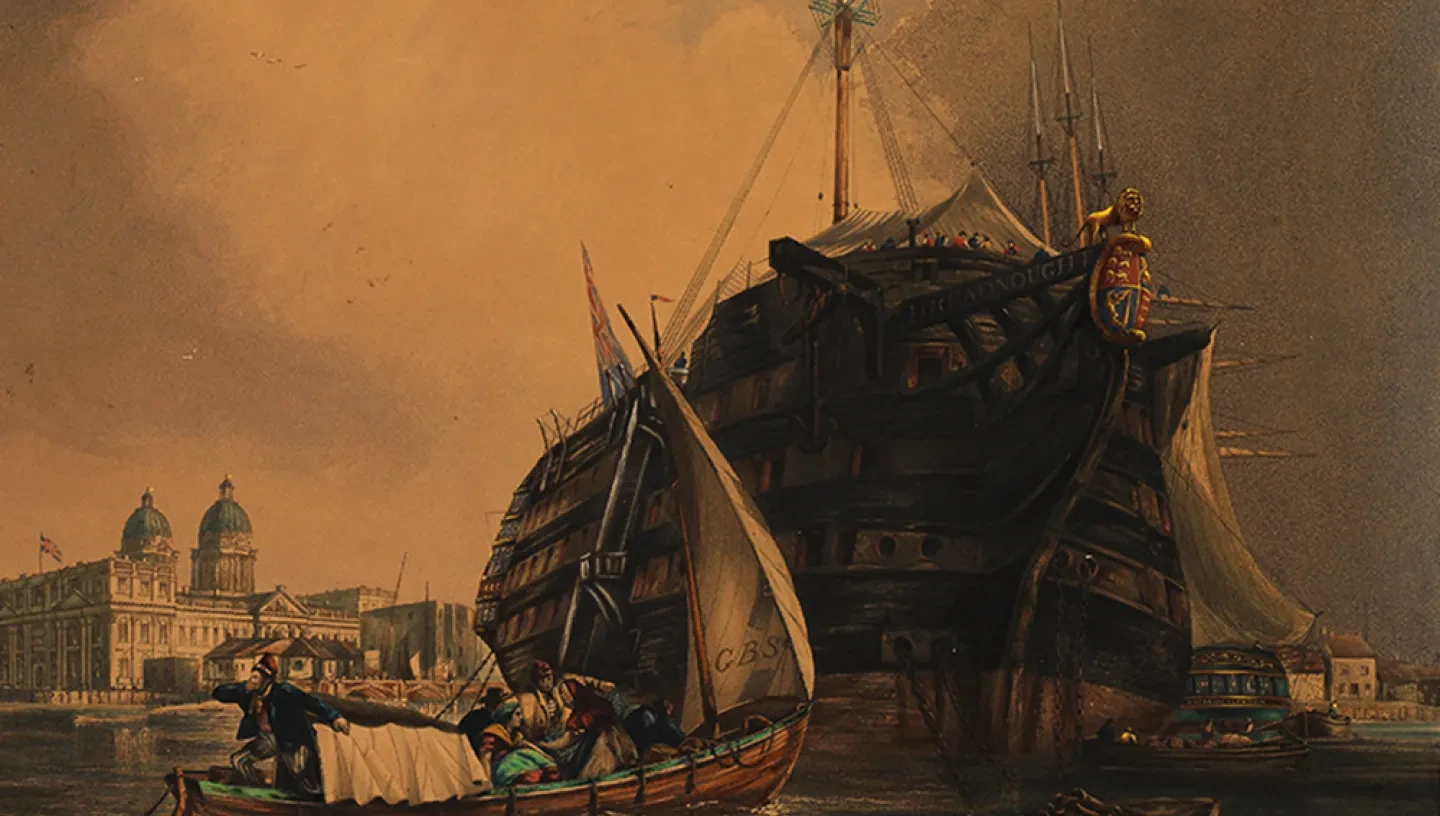
Discover some of the surprising entries recently discovered in the medical records of the Dreadnought Seamen’s Hospital.
The Dreadnought Seamen’s Hospital at Greenwich was the main clinical site of the Seamen’s Hospital Society (now Seafarer’s Hospital Society), founded to bring relief to sick and injured seafarers of all nations.
The HMS NHS: The Nautical Health Service project was launched in 2021 to transcribe the many thousands of entries in the hospital admission registers between 1826 and 1930. The amazing work of the HMS NHS volunteers will provide researchers with opportunities to explore more than one hundred years of medical care provided at the centre of maritime Greenwich.

Shipwreck survivors
The recent finding of the wreck of the Virago off Alderney in the Channel Islands highlights the issue of the many ships that foundered in the nineteenth century. An example of a wrecked vessel appearing in the Dreadnought Seamen’s Hospital registers is the iron sailing ship Plassey.
Bound for London with a cargo of rum and sugar from Demerara (now Guyana), the Plassey was caught in a gale off Dungeness and dragged her anchors before going aground off Sandgate on 29 January 1883. Most of the crew were rescued by breeches buoy, but a later storm resulted in the ship breaking up on the beach.
Some lascars from Singapore who had been employed on the Plassey were admitted to the Dreadnought Seamen’s Hospital on 17 February and 5 March of the same year. The clerk has acknowledged the loss of the ship simply by putting a cross in the name and address of owner column.
The official wreck report for the Plassey can be accessed via the digital archive of the Local Studies and Maritime Library at Southampton.
Learn more about this photograph

Caisson sickness
We are familiar with decompression sickness in association with underwater accidents, typically when divers using breathing equipment have returned to the surface too quickly. Some recent finds by volunteers have reminded us that the symptoms have also been suffered by individuals working with compressed air on civil engineering projects.
Most of these finds relate to the construction of the Blackwall Tunnel under the River Thames near Greenwich by the Pearson company between 1892 and 1897. For example, James Holland was admitted to the Dreadnought Seamen’s Hospital with the ‘bends’ on 22 August 1895. Similarly, Frederick Waide was admitted with ‘caisson disease’ on 28 March 1896.
There are also some incidents from early in the 20th century: Joseph Ditton for example, a miner working for the engineers and contractors Foundation Co. Ltd., was admitted with ‘caisson disease’ on 27 July 1927.
Caissons are sunken shafts which allow construction work to be carried out underwater. They are kept pressurised and therefore watertight by an external supply of air. The use of the term caisson disease first came into widespread use in the 1870s. For example, over 100 workers suffered from caisson disease during construction of the Brooklyn Bridge in New York.
Newspapers reported that the Blackwall Tunnel workforce had suffered over 200 cases of medical ailments relating to the use of compressed air. Dr E. Hugh Snell, chief medical officer for London County Council, was one of the first practitioners to write about decompression sickness at any length. For those who would like to know more, a copy of his book Compressed Air Illness published in 1896 can be accessed online via the Wellcome Collection website.
